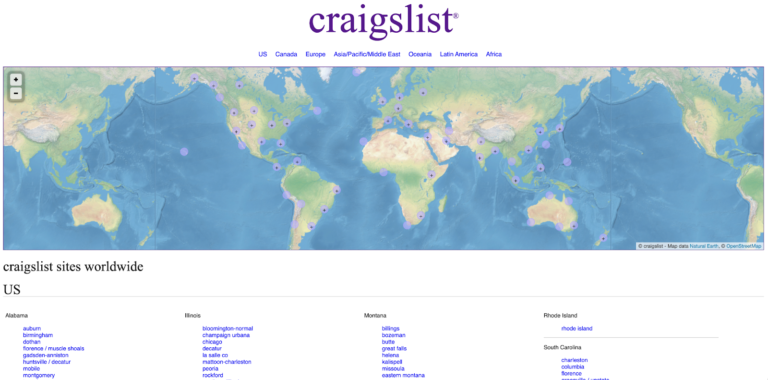
3. Marketing on a Shoestring: Creativity Over Budget
Without the tools or budgets of mainstream businesses, inmate-run businesses often rely on raw creativity.
The Last Mile, a tech training program within prisons, launched a web development shop where inmates do real coding work. Their branding? “We build more than websites—we rebuild lives.” The tagline alone is a masterclass in positioning. They’ve used case studies, videos, and personal stories to humanize the inmates behind the code.
Another standout is San Quentin News, a newspaper written and edited by inmates. Their marketing strategy? Hyper-focus on community engagement and grassroots visibility. They partnered with universities and nonprofits to distribute the paper, amplifying their voice without traditional ad dollars.
4. Turning Time into Trust: Why Transparency Works
Inmate-run ventures that are open about their origin story and show progress, reform, and growth win audience trust.
Take Defy Ventures, a nonprofit that supports incarcerated entrepreneurs. Their Instagram feed is filled with graduation photos, business pitch sessions, and testimonials from inmates-turned-entrepreneurs. The branding isn’t just hopeful—it’s transformational.
Audiences in the US are increasingly socially conscious. For many, buying from or supporting inmate-run businesses isn’t just a transaction—it’s a contribution to criminal justice reform and personal transformation. That’s a branding edge that’s hard to replicate.
continue reading…


